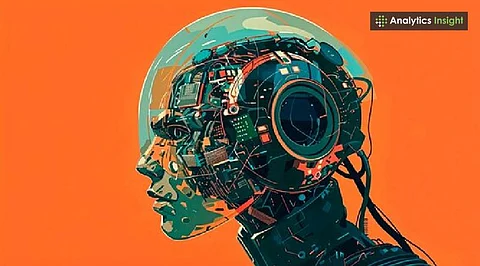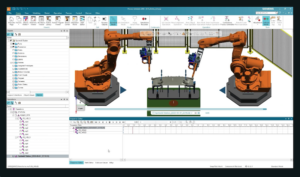
The rise of Artificial Intelligence (AI) is prompting businesses to reconsider how they structure their organizations and leverage technology in decision-making processes. As companies navigate this new landscape, the focus is shifting toward using AI as a collaborative tool that enhances human ingenuity rather than viewing it as a competitor. This reimagining of creative processes and organizational dynamics aims to maximize the value of investments in AI technologies.
Transforming Perspectives on AI
AI can significantly augment human capabilities by integrating machine precision with essential human traits such as empathy and curiosity. Viewing AI as a partner opens up possibilities for enhanced creativity and effective problem-solving. As organizations recognize that true innovation emerges from collaboration with AI, they can foster environments where machines generate ideas, while humans bring meaning and purpose to those concepts. The synergy between AI and human insight facilitates a unique creative process that can lead to impactful results.
In this evolving landscape, business leaders are urged to adopt a mindset that embraces AI as a collaborator. Rather than fearing its potential disruptions, organizations must cultivate skills that enable effective collaboration with AI. This includes teaching AI agents the company’s goals, fostering curiosity to challenge biases in AI outputs, and ensuring that human experiences guide product design and team dynamics.
Key Shifts in Organizational Structure
As companies integrate AI into their operations, three major shifts are occurring:
1. **From Hierarchies to Fluid Networks**: Traditional organizational structures are giving way to more agile, cross-functional teams. Real-time data sharing enables decisions to emerge from collective intelligence, allowing businesses to respond with greater speed and adaptability.
2. **From Cost Optimization to Strategic Agility**: Initially, many organizations adopted AI primarily for cost-cutting purposes. However, the focus is now on leveraging AI for strategic insights, anticipating market trends, reallocating resources proactively, and uncovering new growth opportunities.
3. **From Data Overload to Actionable Intelligence**: While AI generates vast amounts of data, the challenge lies in transforming that data into meaningful insights. By combining advanced data analysis with human-centered design thinking, businesses can convert raw data into practical solutions that drive results.
The successful adoption of AI requires a fundamental shift in how organizations operate. Moving beyond mere integration, companies must embed AI into their core processes and decision-making frameworks. This transformation hinges on purposeful leadership that aligns AI initiatives with long-term business goals and societal values. Leaders need to ensure that every AI-driven recommendation is ethical and contributes positively to the organization and its stakeholders.
In this age of AI, the emphasis on human oversight remains crucial. While AI can enhance creativity and efficiency, the ultimate responsibility for decision-making and ethical considerations should rest with humans. This partnership allows organizations to leverage the strengths of both AI and human insight to navigate complexities and drive innovation.
As the AI landscape continues to evolve, organizations that embrace this collaborative approach will not only enhance their operational capabilities but will also position themselves as leaders in the digital age. By challenging conventional wisdom and adopting fresh, data-driven perspectives, these organizations can harness AI’s potential to address complex challenges and generate innovative solutions.
In conclusion, the future of work in the AI era depends on a balanced partnership between technology and humanity. Embracing this collaboration can unlock new avenues for creativity, efficiency, and ethical decision-making, ultimately leading to more resilient and adaptive organizations.







